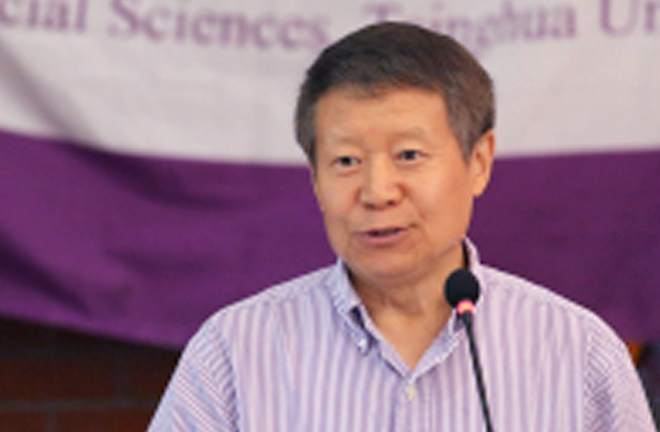LI QIANG: China is developing into olive-shaped social structure
 A relatively ideal social structure should take the shape of an olive, with a large middle class, a small elite and a small lower class. China is now moving in this direction. At the Third Plenary Session of the 18th Central Committee of the CPC, a commitment was made to continuously expand the middle-income group, gradually forming an olive-shaped income distribution structure as part of broader reforms.
A relatively ideal social structure should take the shape of an olive, with a large middle class, a small elite and a small lower class. China is now moving in this direction. At the Third Plenary Session of the 18th Central Committee of the CPC, a commitment was made to continuously expand the middle-income group, gradually forming an olive-shaped income distribution structure as part of broader reforms.
What’s the current social structure in China? According to data from the fifth National Population Census, it was an inverted T-shaped social structure, with farmers at the bottom of the structure constituting the majority.
The sixth census showed signs of an emerging middle class. The proportion of farmers changed from 63 percent to 46 percent between these two censuses, indicating that nearly 17 percent of farmers had transformed into other social classes.
Although the rural population is moving upward and the middle class is expanding, the lower classes still constitute the largest social group.
To modernize the social structure, resolving the problem of agriculture is essential. As to my knowledge, the lives of some rural people are still far from prosperous. Therefore, China has a long way to go before it can achieve an olive-shaped social structure.
To form an olive-shaped structure also requires many other conditions, like the modernization of the industrial structure and occupational structure, technological development and accumulation of science and technology personnel, educational development, income distribution adjustment, as well as modern social welfare and social security systems.
Industrial structure is one key factor affecting social structure. Social structure changes only when industrial structural achieves transformation. Industrial structural transformation will lead to changes in people’s working modes. Now in China, members of white-collar workers are increasing due to structural transformation, and science and technology personnel teams are also expanding accordingly.
Education, especially higher education, is an incubator for the middle class. Workers’ progress through education has promoted social structural change. Income distribution adjustment can lead to a society in which the middle class is the main body. Social welfare and security systems are also vital to the stability of a social structure. The social structure ensures that people won’t fall into the bottom of the structure once they encounter some risks and difficulties.
There are several ways to form a middle-class society. The major one is through the market. The sixth population census shows that within only a decade, as many as nearly 100 million people successfully ascended to this group through hard work on the platform of various markets, while farmers account for a large portion.
With a low threshold for entrance, the markets almost are accessible by everyone. However, their social status is not stable, especially those operating with a small amount of capital. Therefore, a good social environment should be built through social systems so that they won’t fall into the bottom of the structure once again.
Social structural changes require a lot of conditions and cannot be achieved by one bugle blast. We predict that as of 2040, China’s white-collar workers will outnumber blue-collar workers. And as of 2050, the former will occupy about 60 percent of the overall workers in the society. By then, China can be expected to change into an olive-shaped society.
The article was translated from People’s Daily. Li Qiang is dean of the School of Social Sciences at Tsinghua University.
